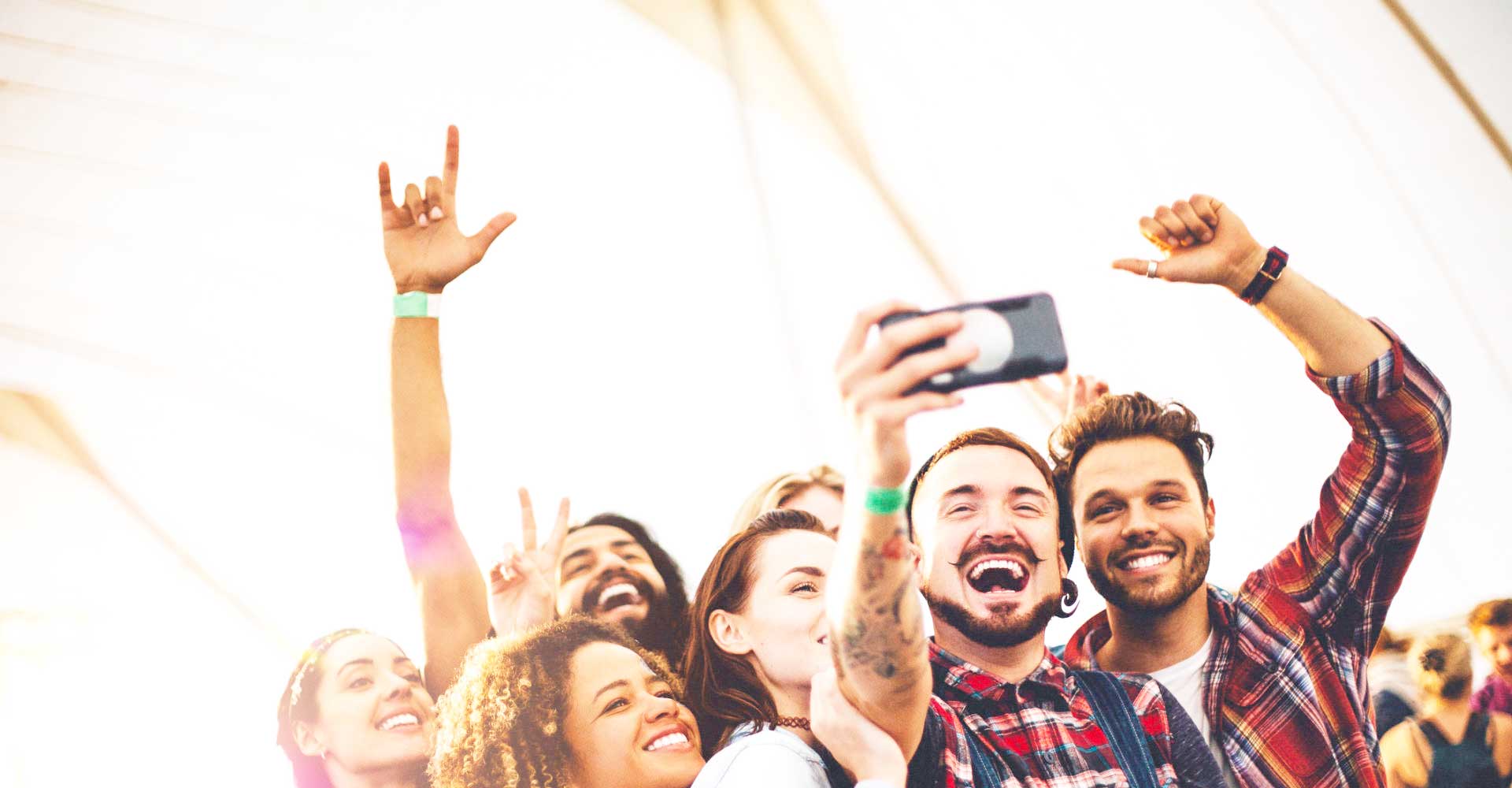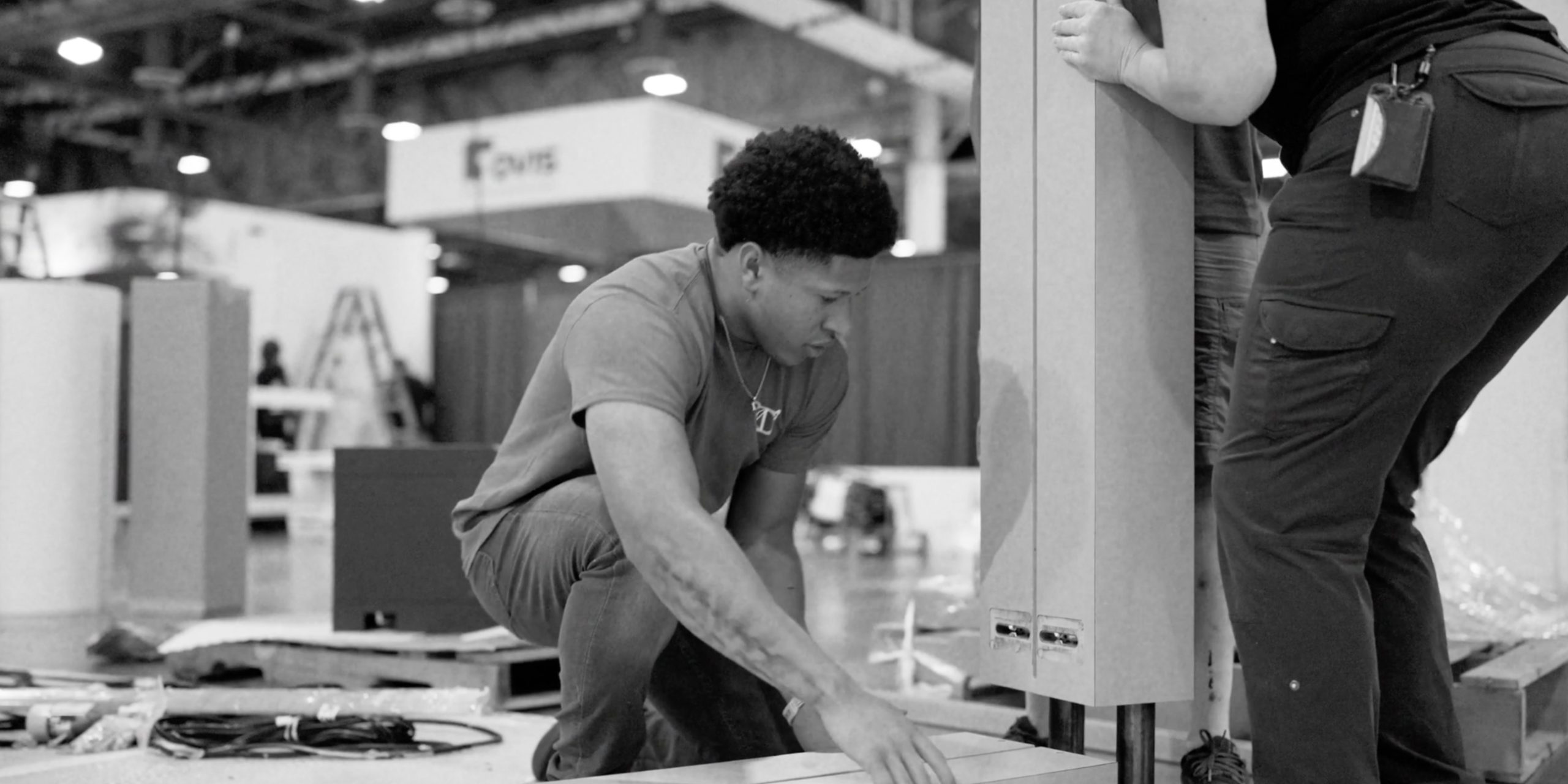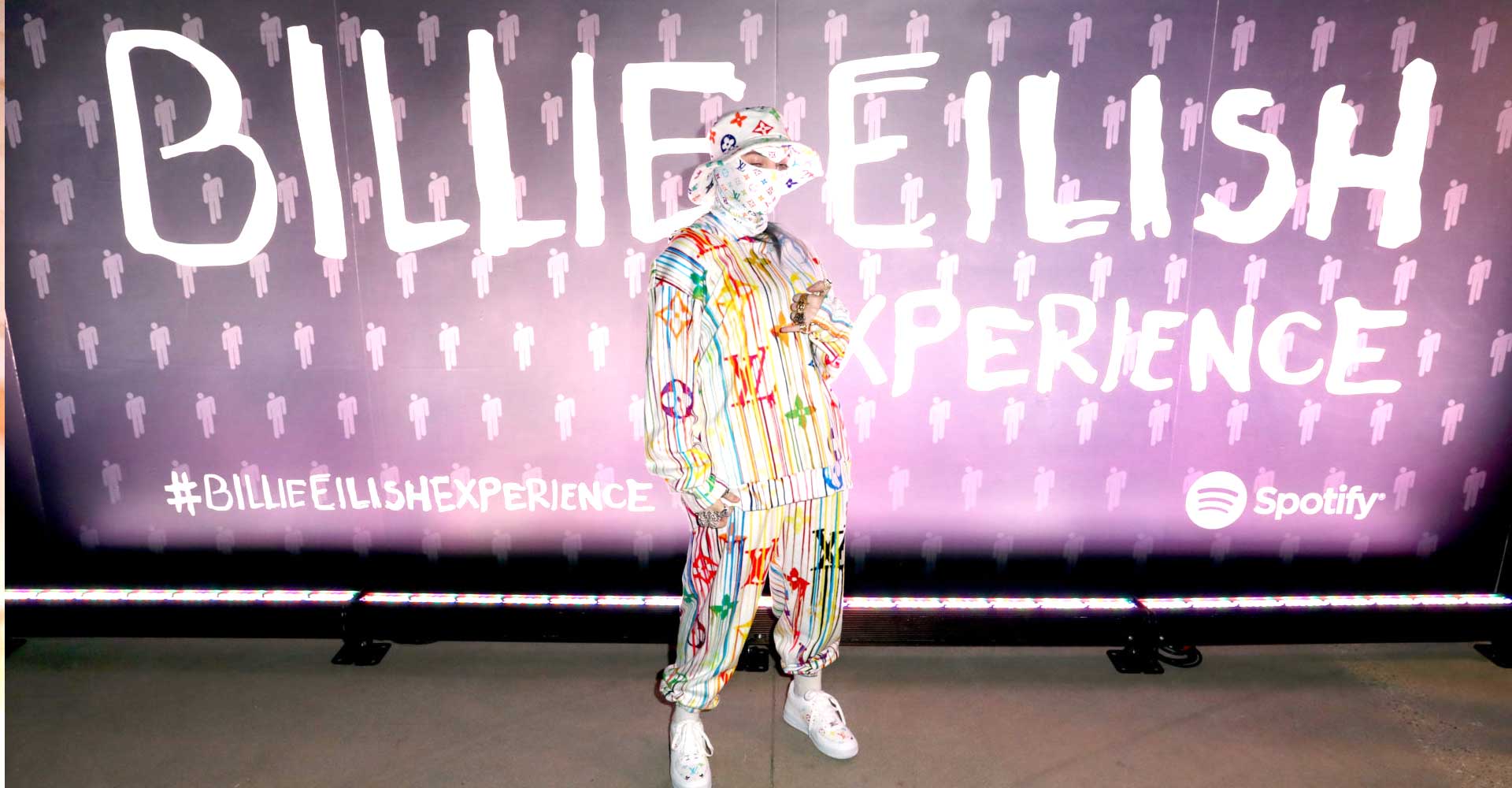
The Evolution of Experiential Marketing
The Elevator Experiment and the Birth of Experiential Marketing
Experiential marketing should be as astonishing today as it was at the 1852 World’s Fair when marketing maverick Elisha Otis stepped into the elevator and made history. Cautiously finding his way around the heavy industrial crates piled high within the elevator platform, Elisha turned, smiling and waved to the crowd that had gathered. The people attending his live marketing demonstration watched with trepidation as Otis was hoisted to a height of over sixty feet above their heads. Otis, they thought, was defying death.
Elevators, in those days, were so unsafe that many laborers often refused to ride them after loading freight. With too much weight, the cables routinely snapped without warning, sending terrified riders to an untimely demise.
Otis, however, was confident and poised. An experiential marketing pioneer, he had the crowd enraptured. When the elevator reached the appropriate height, he waved once more while his assistant, perched above him on a platform, removed a large pair of glistening shears and snap! He cut the cable that was supporting the elevator and Otis at a life-threatening height. The audience screamed in horror as the freight-laden platform began to drop to the ground.
And then, as if caught by some invisible hand, the car stopped short. To the astonishment of the spectators at the 1852 World’s Fair, the elevator had dropped only a foot or so before holding fast to what appeared to be thin air. It seemed to the audience as if the platform and Otis himself were defying gravity.
This seemingly miraculous experiential marketing demonstration would live in infamy, propelling Otis, and his life-saving invention, to near-instant fame. By the time Otis was able to explain the technology behind the world’s first safety elevator, the product was as good as sold.
Elisha Otis, over 160 years ago, knew the power of experiential marketing and his efforts facilitated the construction of the skyscrapers that form our modern cities’ skylines.
Building on an Idea: Experiential Marketing Today
Today the practice of experiential marketing has evolved into a sophisticated, highly effective and vital tool for marketers, and can be implemented alongside digital efforts in order to create a lasting impact.
While digital marketing, advertising and social media convey brand messages through audiovisuals and digital interactions, experiential marketing fully immerses people in the brand experience, enhancing relationships and imprinting a favorable—and long-lasting— memory of the brand or product.
As a strategy, experiential marketing uses a variety of communication and event tactics. First and foremost experiential marketing requires the development of imaginative, appealing and relevant content. This message can be conveyed through a myriad of technologies and techniques from demonstrations, like Otis’, to live performances, contests, physical games, celebrity or expert appearances, and creative, enticing displays.
The last twenty years have seen a proliferation of technologies that help to make experiential marketing more memorable while conveying complex information. These technologies might include virtual reality, augmented reality, interactive displays, gamification, immersive theaters, live polling, mobile apps, chatbots and even robots. For the experiential marketing event producer, there are numerous apps, programs and devices that help them collect visitor data, use data to personalize messaging and manage events.
Modern experiential marketing is certainly more complex than Mr. Otis elevator demonstration. But as it was for Otis, the results are well worth the effort.
The Future of Experiential Marketing in a Digital World
A digital screen will never replace experiential marketing. It’s a bold statement, but one we feel strongly about.
As the world continues to create technologies that keep us sitting in solitude in front of our screens, face-to-face human contact increases in importance.
Bizzabo’s Event Marketing 2018 Study of marketing executives found that 95% of respondents agree that live events provide attendees with a valuable opportunity to form in-person connections in an increasingly digital world.
The study also found that the majority (91%) of over-performing businesses place a greater emphasis on live events as a marketing channel vs. their underperforming counterparts.
The Event Marketing Institute’s Experiential Marketing Content Benchmarking Report offers interesting experiential marketing insights as well. The study, which surveyed both consumers and marketing executives, found that 72% of consumers have a positive view of brands that provide quality event content experiences, while 74% said that engaging at a branded experience makes them more likely to buy the products being promoted.
There’s a perfectly sound scientific reason why such a large percentage of event attendees are more likely to buy a company’s product when they see it in person. Dr. Susan Weinschenk, who specializes in behavioral psychology, writes in her Business Insider article, 48 Psychological Facts You Should Know About Yourself, “People value a product more highly if it’s physically in front of them.” Dr. Weinschenk goes on to provide scientific studies as proof. The article offers 47 other consumer behavioral facts that may be helpful to marketing professionals who are considering experiential marketing tactics.
Personalization and Experiential Marketing
Personalization is the new mantra of the marketing world, and rightly so. Experiential marketing does more than drop a person’s name into a mass email, it actually builds relationships.
Nothing is more personal than face-to-face experiences. A real conversation provides marketers with a rare opportunity to learn about their prospects’ expectations and desires. According to the CEIR’s 2017 Attendee Floor Engagement Study, 81% of trade show attendees want to talk to a sales person, 79% want to speak with a technical expert, and 72% want to speak with an executive manager. Clearly, trade show attendees are seeking one-on-one, face-to-face encounters in order to get a feel for the product, and to find out if their needs will be met.
In light of this data, the importance of a well-trained exhibit staff has never been more critical. New staff should receive extensive training, while even veteran staffers should be given frequent refreshers. Sending your best and brightest staff will reap enormous benefits and create the ultimate personalized brand experience at every event you host.
Seven Opportunities to Create an Unforgettable Experience
The concept of experiential marketing encompasses numerous types of live marketing strategies. Some marketers even include immersive technologies like virtual reality in this bucket. MC² believes that the most effective experiential marketing endeavors require a human element.
Consider our example of the Otis elevator. Would the demonstration of the safety elevator have been so dramatic and memorable if there were only freight on the platform? The experience, and the associated emotions, matter the most.
Knowledgeable staffers can listen to a prospect’s needs and then offer unique solutions, and information that cannot be generated by recorded messages. More importantly, real people can make an emotional connection with the prospect that helps build stronger relationships going forward.
Below are seven events that can be improved with experiential marketing.
Trade Shows, Expos and Exhibits
Since the World’s Fair is not coming back any time soon in the United States, trade shows and expos are the most obvious fit for experiential marketing endeavors. Opportunities to exhibit are ubiquitous with the TSNN Trade Show Database listing over 8,000 shows and conventions in the U.S and another 12,000 internationally. There’s a good reason for such a large number of trade show marketing opportunities. If done correctly, they work well to generate quality leads, build relationships and create sales for the exhibitor.
Live Events
Sponsoring a live event is an excellent way to build an association between your brand and popular entertainers, special events, or community causes. If you’re not careful, however, this form of experiential marketing can overshadow your brand image. It’s important, in these cases, to create your own environment that allows you to craft a unique consumer experience for your brand.
Consumer Event Activations
A consumer event can be anything from taking over 22 acres of land and creating your own festival, to launching a new product at the famed Lincoln Center, to introducing automobiles at Boston’s Hub week. The biggest benefit of this experiential marketing opportunity is that there is usually only one brand or product line being promoted—yours.
Meetings and Conferences
Corporate and customer meetings, user events and conferences are excellent opportunities to educate, motivate and highlight your brand’s most distinguished staff. You can use a simple PowerPoint presentation or you can make it an experiential event using multimedia, live performances, expert panels, and uniquely designed stages and décor.
Road Shows
When it isn’t practical for your customers and prospects to come to you, go to them. Take your experiential marketing exhibit on the road, or travel the country and invite groups of prospects and customers to lunch with your team of experts. You might even consider sending a fleet of vehicles around the world. Along the way, you connect with your employees, dealers and invited customers. Whichever roadshow format you choose, be sure to make it stand out with a pre- and post-campaign across your digital ecosystem.
Experience Centers
Account-based marketing, or ABM, has become an important strategy for many business-to-business marketers. A key component of ABM is personal face-to-face meetings. They could be traditional meetings with account representatives, or they could be experiential marketing opportunities. Consider using Experience Centers or Immersion Rooms and invite clients to come to you. With a controlled environment and readily available experts and executives, centers provide an exceptional experiential opportunity.
Pop-Up Stores and Retail Environments
Retail environments are designed to generate consumer sales. But in the case of the pop-up store, they become an opportunity to test locations, new product lines, and direct product sales. E-commerce has put pressure on large and small brick-and-mortar stores to do more than just arrange their products a certain way on shelves. Many of the forward-looking retail companies are bringing customers into the store with what some call “retailtainment,” like the Samsung store we built in Las Vegas on top of a Caesar’s Palace fountain. In-store events, happy hours, guest celebrities, DJs, and especially retail store design have all become part of the retail experience. Retailers are now treating their stores like exhibitors have done with trade show booths for years.
Mitigating Risk in Experiential Marketing
Experiential marketing efforts can be wonderful, but only if they’re done right. Had Otis’ elevator safety device failed, it’s doubtful that the Otis Elevator company would still exist.
That’s why choosing the right experiential marketing company to assist you in creating effective customer and prospect experiences is crucial. A successful track record, dedication to innovation, a reputation for reliability and a knowledgeable staff are essential attributes that will help extend your brand into successful experiences.
At MC², we have both the experience and the creativity necessary to help you make the most of your next experiential marketing venture. Are you the next Otis? Let’s work together to turn your vision into a reality at your next event, exhibit, or trade show. 




